
views
Following a Diet
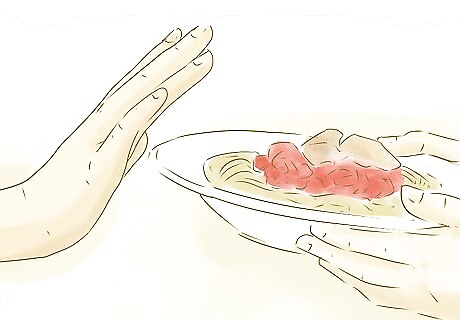
Cut carbohydrates. To lose weight quickly, eliminate simple, or refined, carbs like white bread, pasta, cereal, sweets, and soda. All carbohydrates break down into glucose, which provides your body with energy. Reducing your carb intake causes your body to burn stored fat for energy, leading to weight loss. In fact, research shows that people who cut carbohydrates are more likely to lose weight than those on a low-fat diet. Cutting out carbs may suppress your appetite and help lower your blood sugar. Complex, or whole, carbohydrates, include unprocessed or minimally processed whole grains, vegetables, fruits, and beans. These do not have to be completely eliminated from your diet, but eat them in moderation.
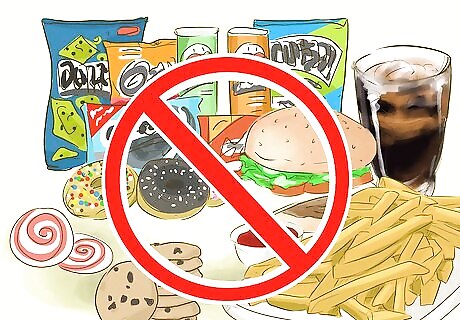
Eliminate junk food. Junk food is full of added salt, sugar, and saturated fat, which can stop you from losing weight. Eliminate it from your diet by keeping it out of your home, and clean out your pantry, fridge, and freezer to take away temptation. Avoid eating out at restaurants that do not offer healthy options, and steer clear of the following foods: Sugary drinks Pizza White bread and pasta Butter or margarine Pastries, cookies, and cakes French fries and potato chips Ice cream Processed meats and cheeses High calorie coffee drinks Fast food Processed foods
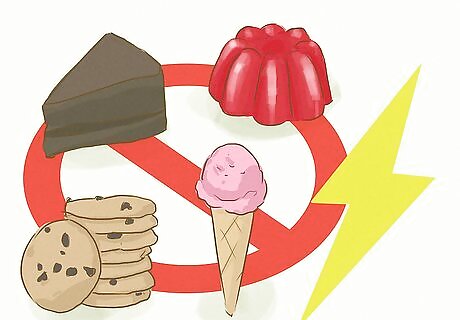
Eliminate sugar from your diet. The American Heart Association recommends limiting added sugars to less than 6% of your daily calories, which is about 6 teaspoons (25 g) of sugar per day for women and 9 teaspoons (36 g) per day for men. To lose weight quickly, you may want to consider eliminating even more. Just because you cut junk food from your diet does not mean you’ve cut all sugars. Sugars can be hidden in foods like yogurt, condiments, and juices, so always check the nutrition label to see how much sugar you’re consuming. NASM certified personal trainer Laura Flinn says to eat “lots of fresh fruits and vegetables, at least 25 g of fiber daily, lean protein, and healthy fats such as avocados, nuts, and olive oil.”

Increase protein intake. For most people, upping their protein intake is the key to losing weight. Protein can help you feel fuller longer, keep lean muscle mass, and burn calories more quickly. In a weight loss study, people who doubled their protein intake lost more fat and maintained more muscle than those who ate the recommended daily amount (RDA). The RDA of protein is generally 10-35% of your daily calories, but it varies on your age, muscle mass, overall health, and activity level. The average protein intake for weight maintenance, for the average adult, is 0.8 grams per kilogram of body weight (or about 48-56 grams per day). To calculate how much protein you need every day, multiply your body weight (in pounds), by 0.36 or use an online calculator. Healthy proteins include eggs, milk, cheese, yogurt, chicken, turkey, beef, salmon, tuna, mackerel, anchovies, trout, nuts, seeds, beans, and legumes.
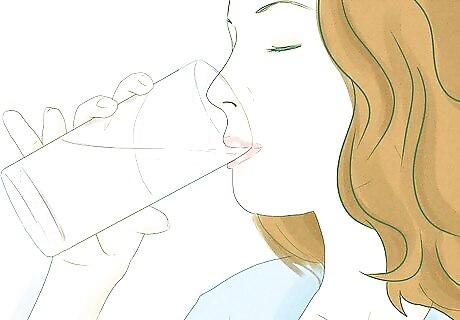
Increase water intake. Studies show that drinking 16 fluid ounces (470 mL) of water before meals may help you lose weight. This is because water can make you feel fuller, stimulate your metabolism, and help you burn more fat. Drink around 8 glasses of water, or 64 fluid ounces (1.9 L), per day to stay hydrated. If you’re exercising or sweating more than usual, drink enough so your urine is colorless or light yellow.

Limit salt. While reducing your sodium intake does not directly contribute to weight loss, studies show that a high-salt diet correlates to fluid retention and short-term weight gain. This might happen because processed foods contain high amounts of salt, and they are linked to overeating. Limiting salt can also help reduce your blood pressure. Nutrition experts recommend no more than 2,300 mg of salt per day, which is roughly 1 teaspoon of table salt. Always read the nutrient label on foods and pay attention to the serving size to check your sodium intake. If you did not freshly prepare a meal, there may be more sodium in what you are eating than you realize.
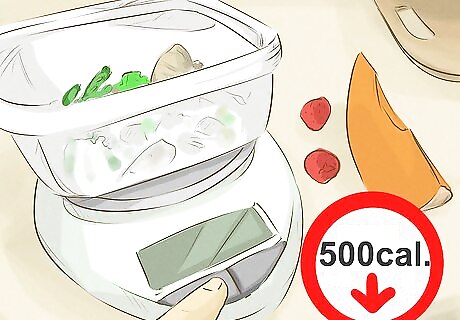
Eat a 500 calorie deficit. To lose weight, calculate how many calories you're burning each day and eat around 500 calories less than that. Do not restrict yourself or starve yourself, which can actually lead to weight gain in the long run. In general, women should eat no less than 1,200 calories per day and men should eat no less than 1,500 calories per day. To calculate how many calories to eat per day, multiply your current weight (in pounds) by 15, which is around the number of calories you need to maintain your current weight if you’re moderately active. If you’re 155 pounds (70 kg), for example, you’ll need to consume 2,325 calories to maintain your current weight. To lose weight, you should aim to consume 1,825 calories or less. Alternatively, use an calculator to see how many calories you need to consume for your specific age, height, gender, fitness level, and weight loss goals.

Eat smaller, more frequent meals. Some nutritionists believe that eating smaller meals more frequently may boost your metabolism, increase your energy levels, and lead to weight loss. It may also make you feel fuller, which can prevent overeating. There are a number of diets you can try, but be sure to hit your calorie limit each day. An example diet looks like: Breakfast: 1 cup (8 oz) of fruit, 1 cup (8 oz) yogurt. Snack: 4 oz cup of sharp cheddar cheese (90 calories) or 3 tablespoons of hummus (90 calories). Lunch: Large salad of lettuce, tomatoes, and small amount of low calorie dressing. 1 cup (8 oz) of vegetables or fruit. Snack: 3 tablespoons of dried cherries (75 calories) or 2 kiwis (90 calories). Dinner: 6 oz baked chicken breast, 1 cup (8 oz) broccoli, 1 cup (8 oz) fruit. Snack: 1 cup of unsalted nuts or 1 cup of raw vegetables.
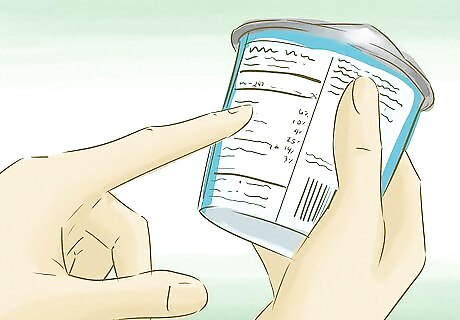
Pay attention to nutrition labels. Keep a food calorie of your typical daily intake, including any beverages and snacks. Add up your caloric intake and other helpful nutritional information like: Recommended serving size Calories and calories from fat Percentage of nutrients (and daily value percentage) Footnote, which will list the recommended daily value (DV) of nutrients
Working Out and Exercising
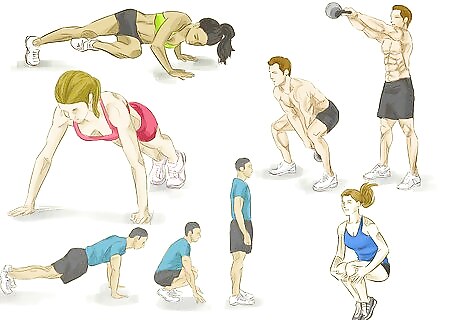
Concentrate on cardio workouts. Performing at least 150 minutes of moderate aerobic exercise or 75 minutes of vigorous aerobic exercise per week is linked to greater weight loss. Focus on these types of workouts for quick weight loss: Cross jacks: Stand with your feet hip-width apart and your arms at your sides. Jump your feet as wide as possible while crossing your arms overhead. Then, jump your feet together crossing one foot in front of the other while crossing your arms in front of your hips. Do this for 30 seconds to a minute, switching positions on each jump. Single leg balance: Balance on one leg, with the other leg bent and your foot slightly off the ground in front of you. Place your hands on your hips and lower into a squat, keeping your foot off the floor. Do 10 reps on each side. Crawl: Lower yourself into a push-up position. Step one foot forward, bringing your knee toward your elbow and reaching forward with your opposite hand. Switch sides and repeat. Maintain this crouched position and crawl for 30 seconds, then reverse the movement. Wall slide: With your back facing the wall, lie on your left side and rest your head on your left hand. Put your right hand on the floor for balance. Placing your right heel on the wall behind you, slide your foot as far up the wall as you can. Lower slowly. Do this for 10 reps, then switch sides. Lunge to push-up: With your feet hip-width apart, put your hands on your hip. Step forward with your right leg and lunge. Lean forward over your thigh and place your hands on the floor, over your right foot. Step your foot backward so you’re in a push-up position. After counting to ten, press up and return to lunge form. Switch your legs and repeat for 10 reps. Pendulum: Balance on your right leg and bend your left leg behind you. Place your right hand on your hip and lower into a squat on your right leg. Reach your left arm above your head and lean back slightly as you extend your left leg forward. Hold for ten seconds, switch legs, and repeat for 10 reps.
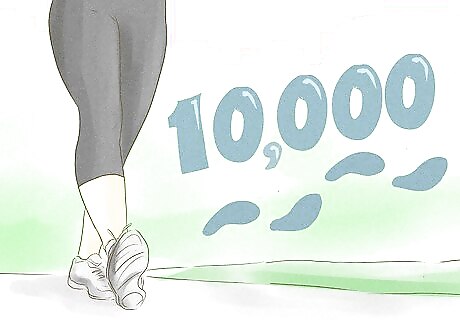
Walk more. To reduce risk of heart disease and help you lose weight, try and get at least 10,000 steps in each day. Track your steps with a pedometer or fitness tracker, and try the following to get in more steps: Walk to work if you can. If you can't, get off the bus at an earlier stop or park at the end of the parking lot. Take the stairs. Avoid taking the elevator. Take a 2 or 3 minute break every hour and walk.
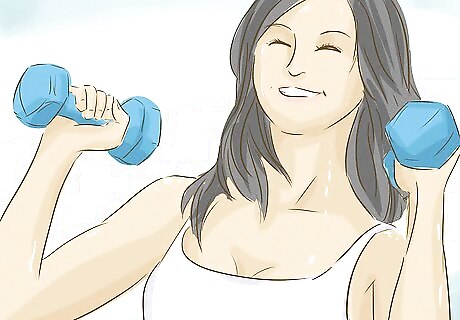
Push yourself. It is easy to just go through the motions during a workout, but you have to push yourself to feel the burn. Instead of cruising through the steps, try and engage your muscles when you work out. NASM certified personal trainer Laura Flinn recommends “core exercises to help tone and strengthen your belly muscles.”
Keeping Healthy Habits
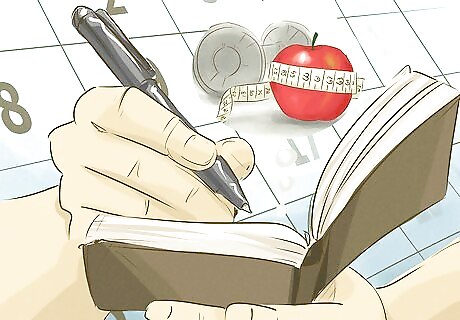
Make plans to change your lifestyle for 10 days to 2 weeks. If possible, commit several months to changing your lifestyle. Short term commitment to weight loss may result in a failure to maintain your weight. Remember, you cannot simply change your diet and exercise habits for 10 days and expect to keep off the weight when you return to old habits.
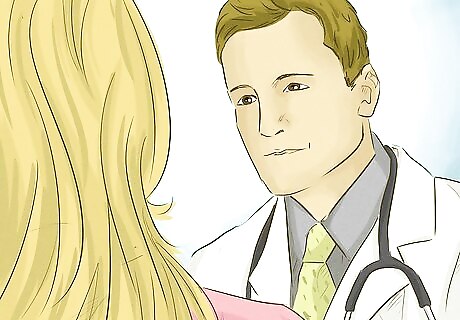
Visit your doctor if you have any health concerns. Fast and long-term weight loss requires proper planning, or you may find yourself becoming ill, malnourished, and tired. Talk to a doctor to come up with an effective and healthy weight loss regime.
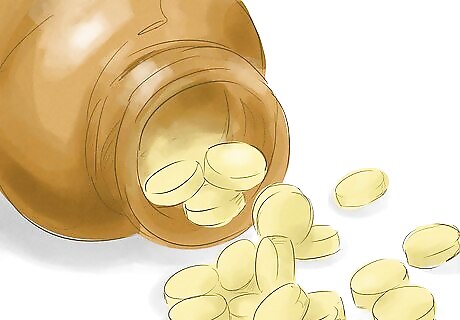
Start taking a multivitamin. Some studies show that consuming green tea extract or epigallocatechin supplements (EGCG) may boost your metabolism and burn more fat. However, be sure to talk to your doctor before adding a new vitamin to your routine.
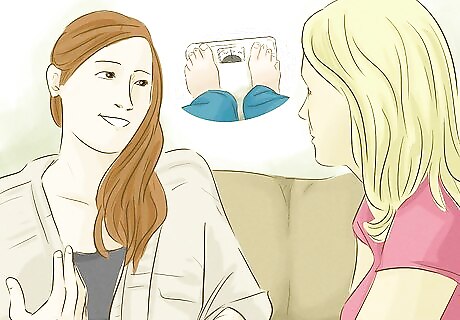
Get a weight loss partner for 10 days. Studies have shown that people are more successful at losing weight, and keeping weight off, if they have the support of a partner. Consider working out with your friend, colleague, spouse, or family member.
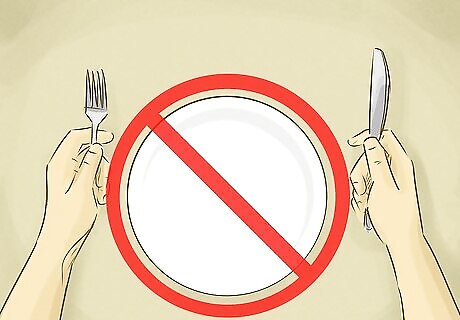
Do not starve yourself. Skipping meals does not help you lose weight. Your body needs to have energy to burn fat in a healthy way, so do not think you can cut corners by starving yourself. Be sure to eat a healthy diet and maintain a consistent calorie count.

Keep yourself busy. To avoid overeating or binge eating, distract yourself with fun activities throughout the day. If possible, workout at times that you know you'll be tempted, such as right before dinner.
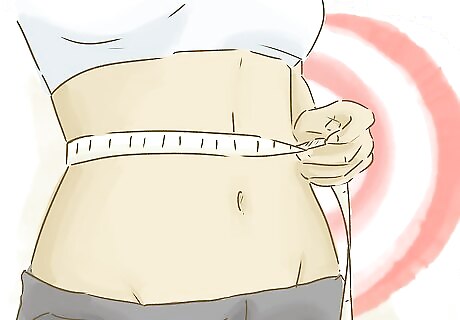
Stick with it! Losing 10 lbs in 10 days can be a challenge. You’re making rapid changes to your body, which will change how you will feel. Set realistic goals and push through. You will thank yourself at the end!















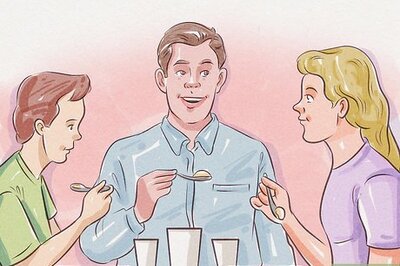
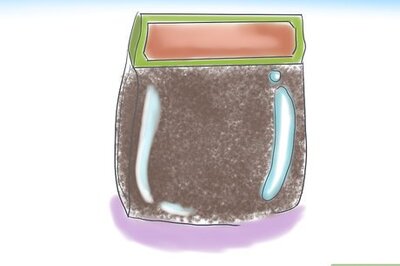
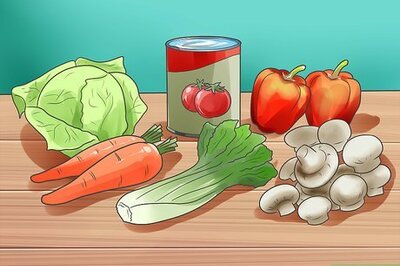


Comments
0 comment